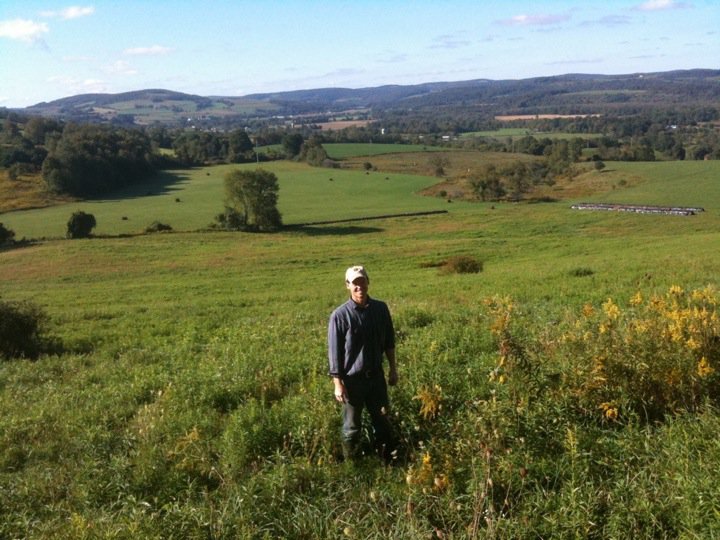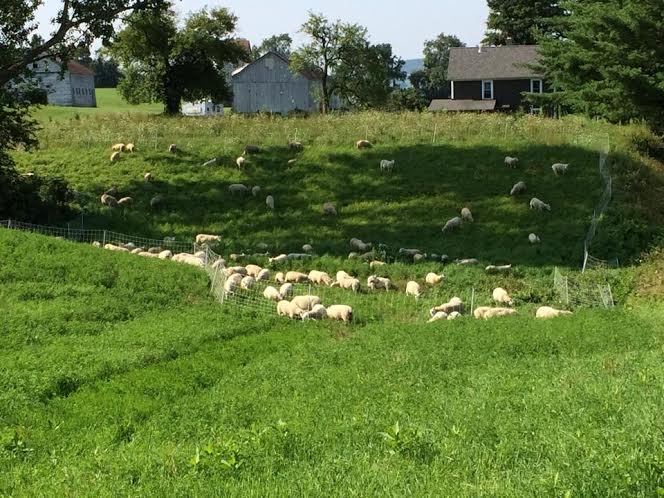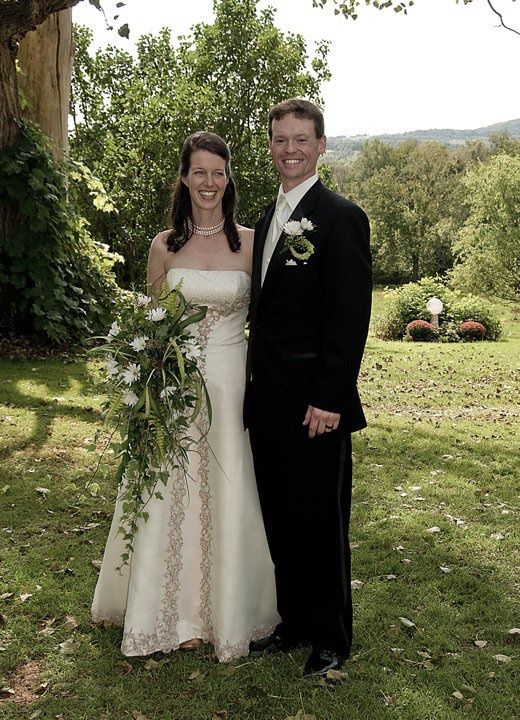
by Catherine L. Tully
Dancers retire and do all sorts of interesting things. Sometimes the new job isn’t far from the studio–such as a teacher or a choreographer. Sometimes they go back to school and study something totally different.
Today we share one of those stories with you. Meet Paris Wilcox, formerly of Kansas City Ballet. Paris decided to return to his family roots and become a farmer when he stopped dancing full time. We hope you enjoy the story of how he decided on this direction, and what it has been like to switch careers…
1. When did you start thinking about a post-dance career?
I was born and raised on a Dairy in upstate NY, and learned all about responsibility, initiative, risk, and reward at a very early age. My father is a 4th-generation farmer, so I always knew that the “Farm life” was a chromosomal part of who I was, but didn’t think much about it…everything about my upbringing was normal to me, from drinking raw milk for twenty years to taking ballet class. I spent every summer at home, from kindergarten through my retirement from Kansas City Ballet, so I always knew that I wanted to return.
Even though my father sold the dairy herd and young stock in 1992…farmers call it “selling out”…my summers after 1998 were spent rebuilding the by-then-dissolved physical farm infrastructure, many miles of perimeter fence for cattle and sheep…by hand, managing the flock, making hay, and doing field work.
2. What drew you to organic farming?
Technically, we are “non-certified Organic,” which means that we are Organic, but don’t want to spend the money for constant Organic certifications. The farm had always been organic; my father never used chemical fertilizers or insect sprays. If he had a cow sick with mastitis or pneumonia, he gave her antibiotics, but those cases were few.
My father always managed the land in a way to maximize the growing seasons, and used natural fertilizers to great advantage. I remember a neighbor scoffing at my father’s talking about considering Organic milk production back in the late 80’s, the neighbor assured him that the Organic movement wouldn’t amount to anything, but it turns out Dad was right.
The way we are set up now, with beef cattle and sheep, makes chemicals irrelevant. The sheep especially like weeds and shrubs, and get fat on good grass. Ironically, they are the best weed killer out there; they eat so close to the ground that they kill broadleaf weeds. I have seen them literally turn a rough pasture of weeds and native grass into a pure stand of clover the following year. Our organic approach simply works well for us, and we don’t need to alter it. Besides, I don’t like chemicals around my food.
3. What do you enjoy most about farming?
The things I enjoy most are the freedom of determining my own decisions, and the possibilities of increased success. Tractor work has always been a favorite. I rode along, held very firmly and safely, as a young boy and had great instruction from my Dad. He had been a combat Army pilot in Vietnam, so he knew something about teaching me to use a tractor.
I enjoy working with my Border Cheviot sheep; a heritage breed, I have developed a wonderfully healthy and admired flock of 100 brood ewes. Three separate bloodlines and a lot of choreographed management make for a challenging operation. This farm is a huge puzzle, and I enjoy the pieces, process, and product…even if many times it would be overwhelming to anyone unfamiliar with it.
4. What do you find most challenging?
Three things are the most challenging; the weather, bad luck, and a 24-hour day. Since trying to change any of them only leads to an ulcer, it’s better to focus on what can be done. Hay gets rained on and molds before it is baled, plowed ground turns to mud before it can be seeded, prized ewes get cornered and cut down by coyotes, and there just isn’t enough time in a day to do what needs to get finished. But through all of the hard parts, even when it gets tough, I can still see what I’ve accomplished…and from that I know what’s possible.
5. Do you find any parallels between a dancer’s life and a farmer’s life?
Ha! There are absolute parallels between the lives of a dancer and farmer. The overarching parallel, is that what we (as a dancer and farmer) do, matters most only to us. When we’re gone, done, or retire, all that we have is what we accomplished in a fairly consuming, passion-driven pursuit. As individuals, we are the driving force behind our success or failure. Dedication to an ideal and goal, persistence against tough odds or obstacles, determination in the face of injury or bad luck, self-reliance, discipline to follow the proven routine, and a healthy dose of pain tolerance, all are direct career parallels. I’ve never met a farmer who “farms it” for monetary reward, nor a dancer either. It’s who we are; there’s no “on/off switch.”
6. Are you still active in the dance world in any way?
I’m still active in the dance world; I’m a Visiting Lecturer at Hamilton College, my Alma Mater. I teach the writing-intensive History of 20th Century Ballet, and 2 studio technique classes, in addition to choreographing for two Faculty Concerts per year. I also teach company class for the Colgate University Ballet Club, and guest teach at my old studio when time allows.
7. What was most difficult about changing careers?
The one thing I would suggest to a dancer who is transitioning from the field; do what you love to do. You’ll be very good at it. It sounds simplistic, but whatever you do, look ultimately for something that you like to do. Opportunities will happen, but nothing will fill the void left by what we do, except another passion. If it’s going back to school for training or study, teaching/choreography, or working in the front office rather than the studio, don’t be swayed by anything other than what you want.
10. What are your plans/goals for your farm in the future?
My future plans for the farm include building another wing on our new house, expanding permanent fences over another 50 acres of donated neighbors’ lands, and increasing the forage yield of our hay ground. Our flocks rotate over 120 acres of pasture from May-November, and there is always a need for more hard fences; coyotes are a huge threat up here.
Having made major improvements to the existing barns, we added a new barn three years ago; my wife’s horse barn is next on the list! I increased the brood flock to 125 ewes for this Fall, and will be selling our grass-fed lamb at several NYC Green Markets beginning in late September. There’s always more to do, and the possibilities are always that much greater!







